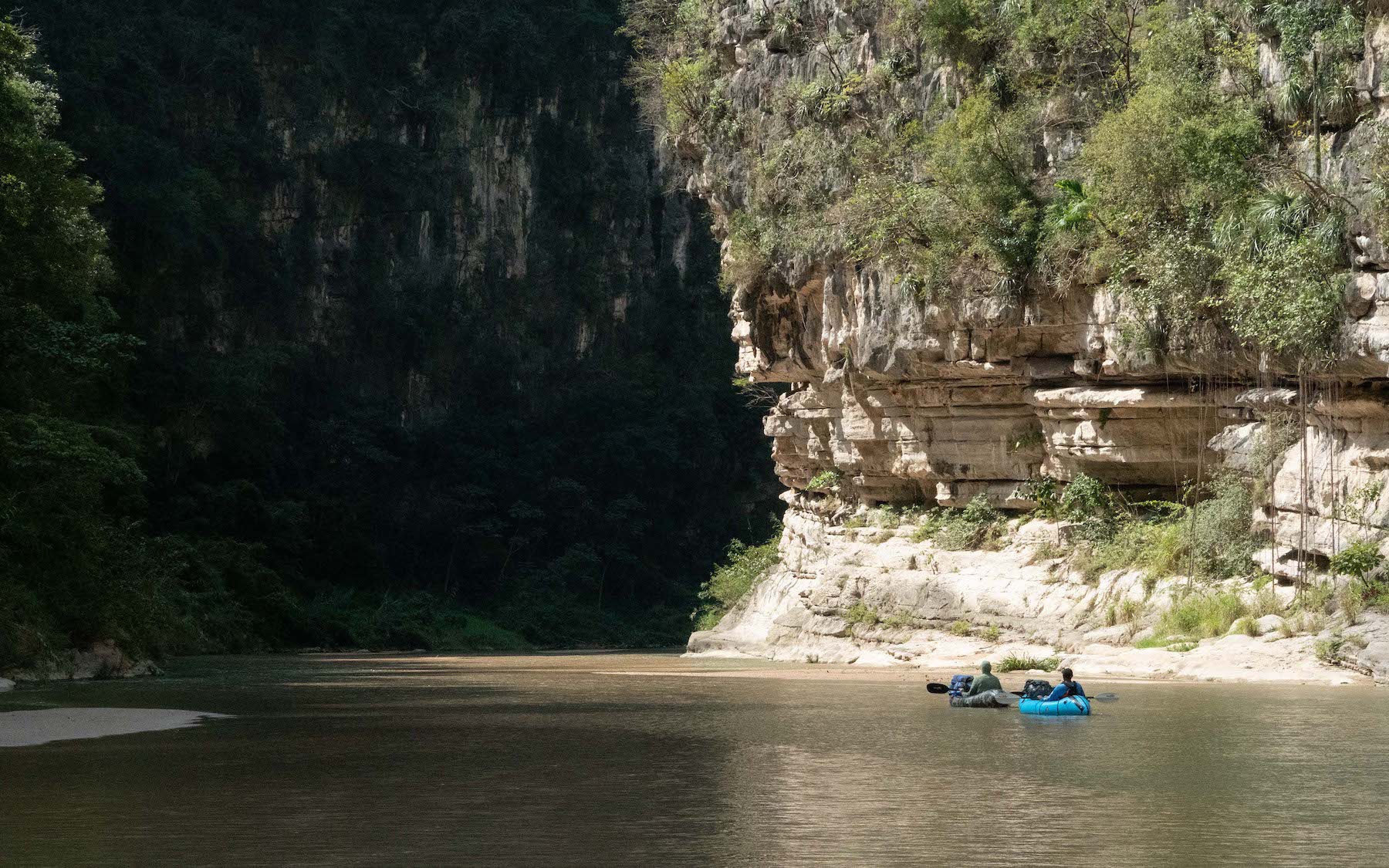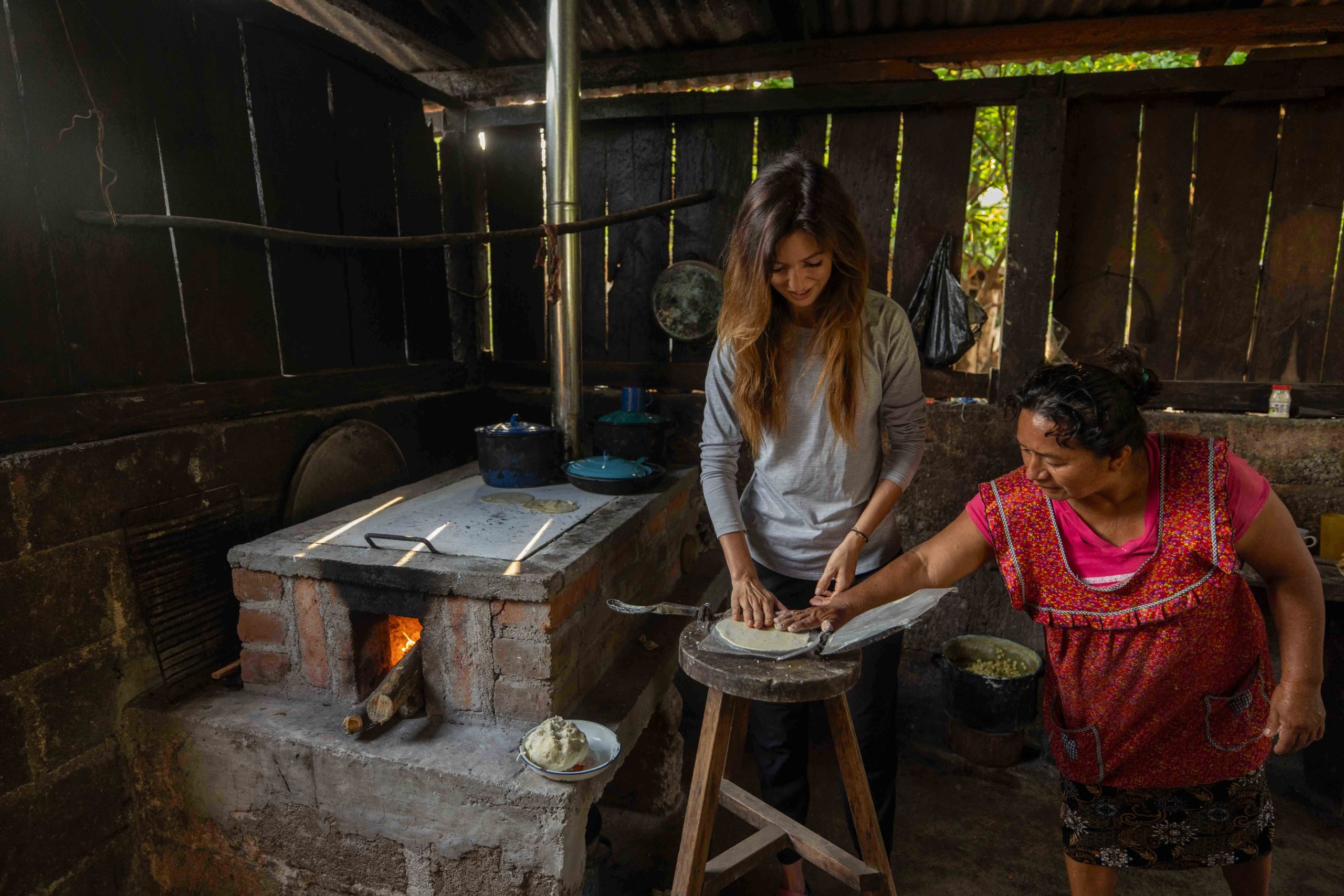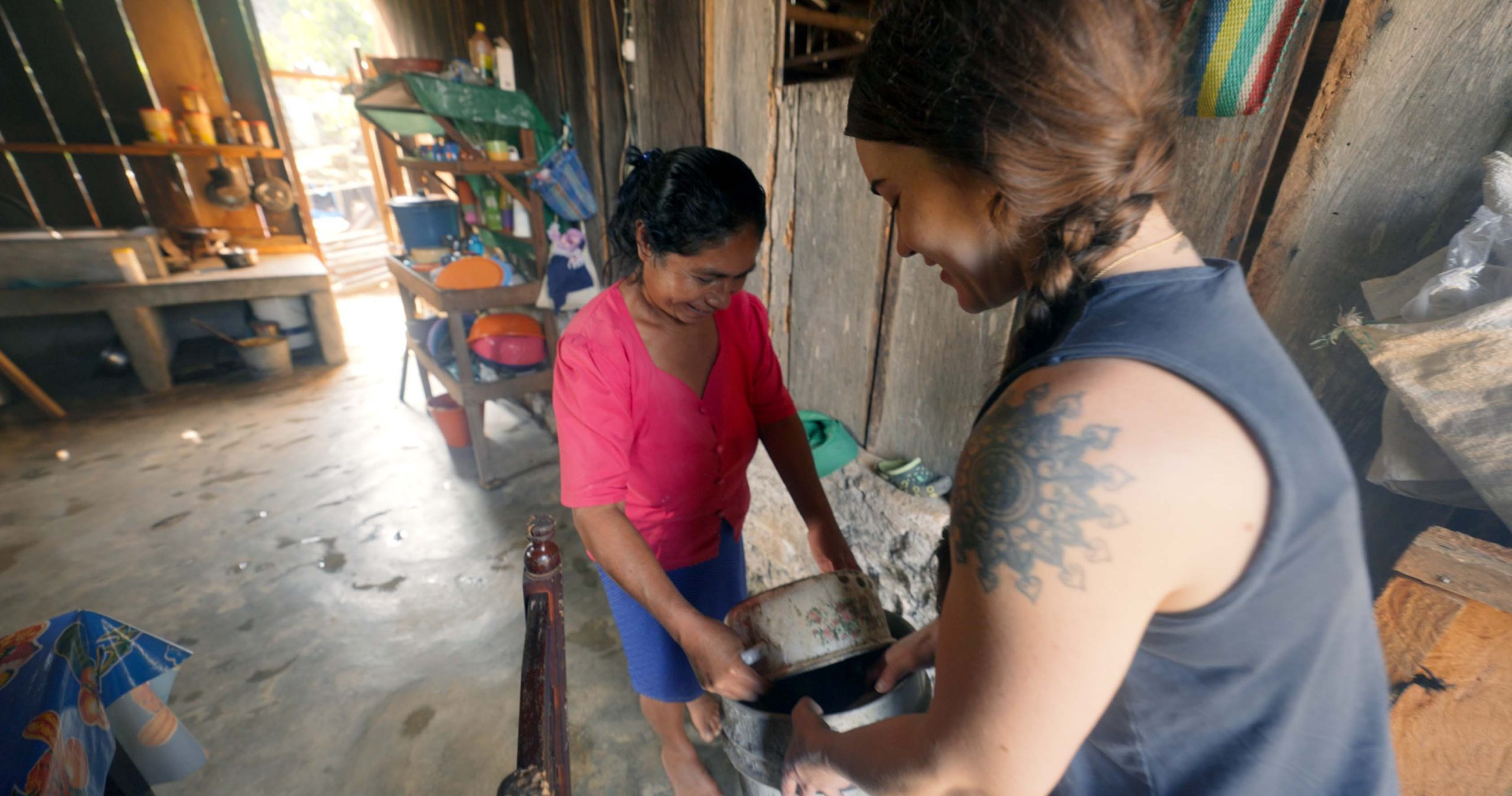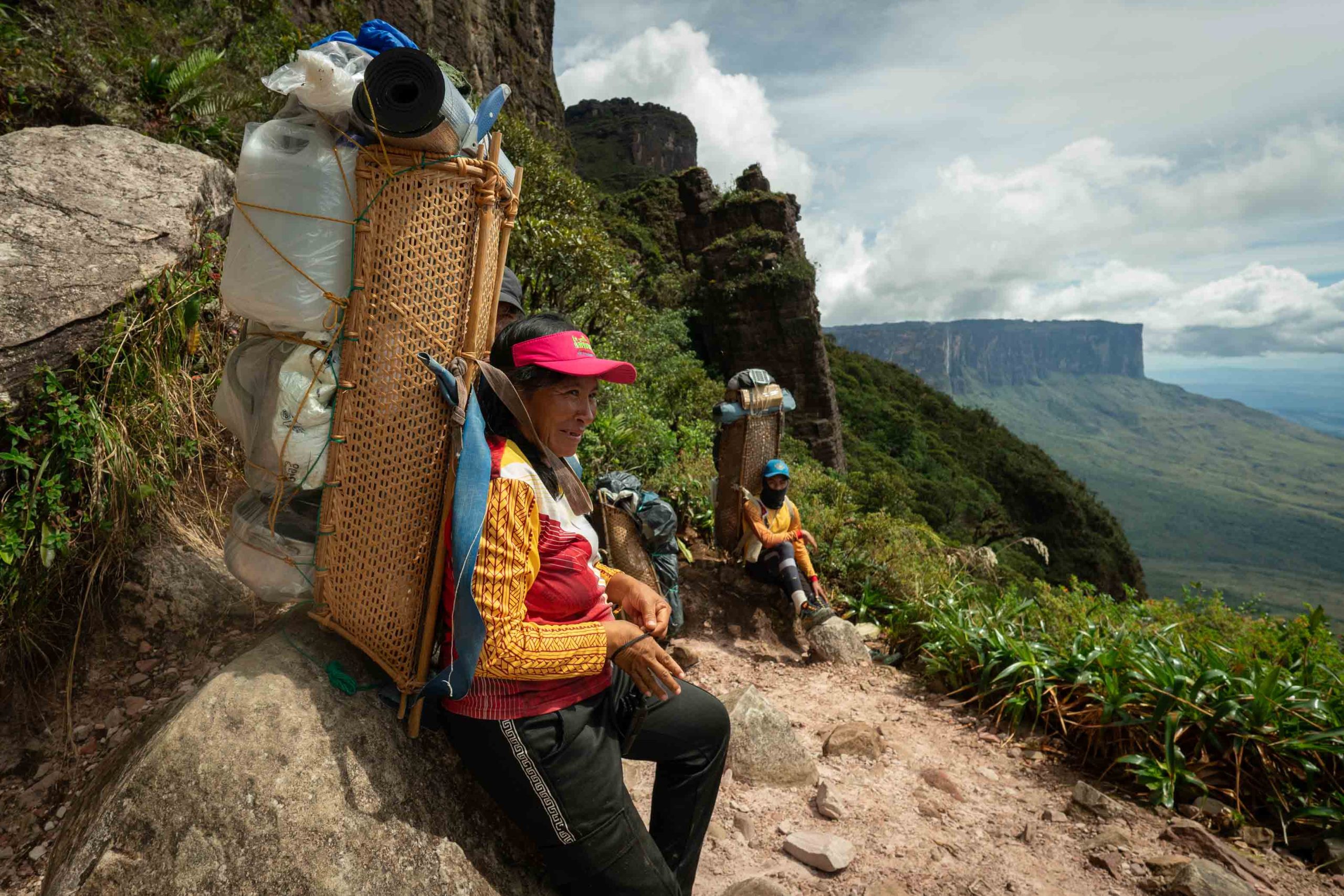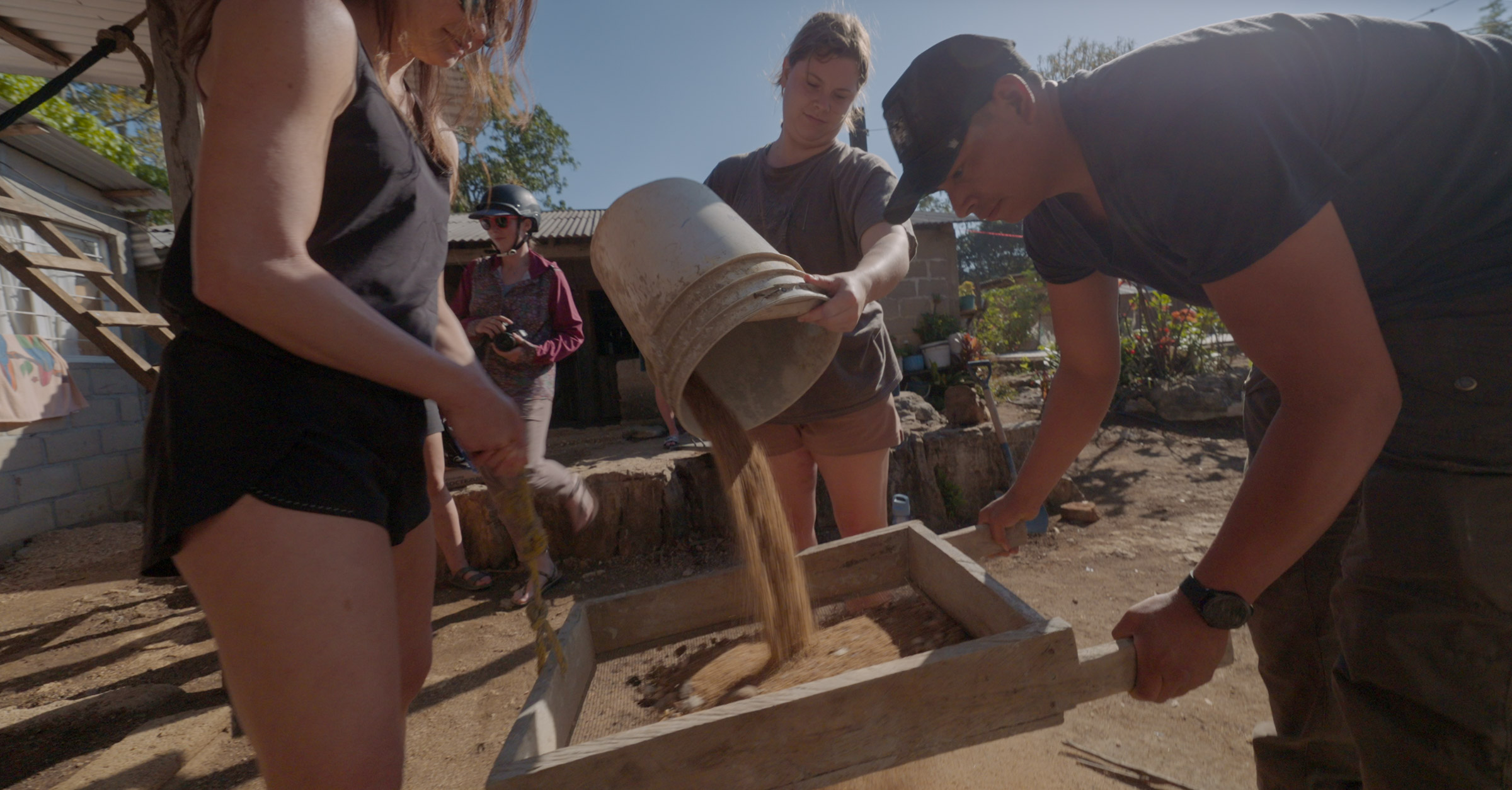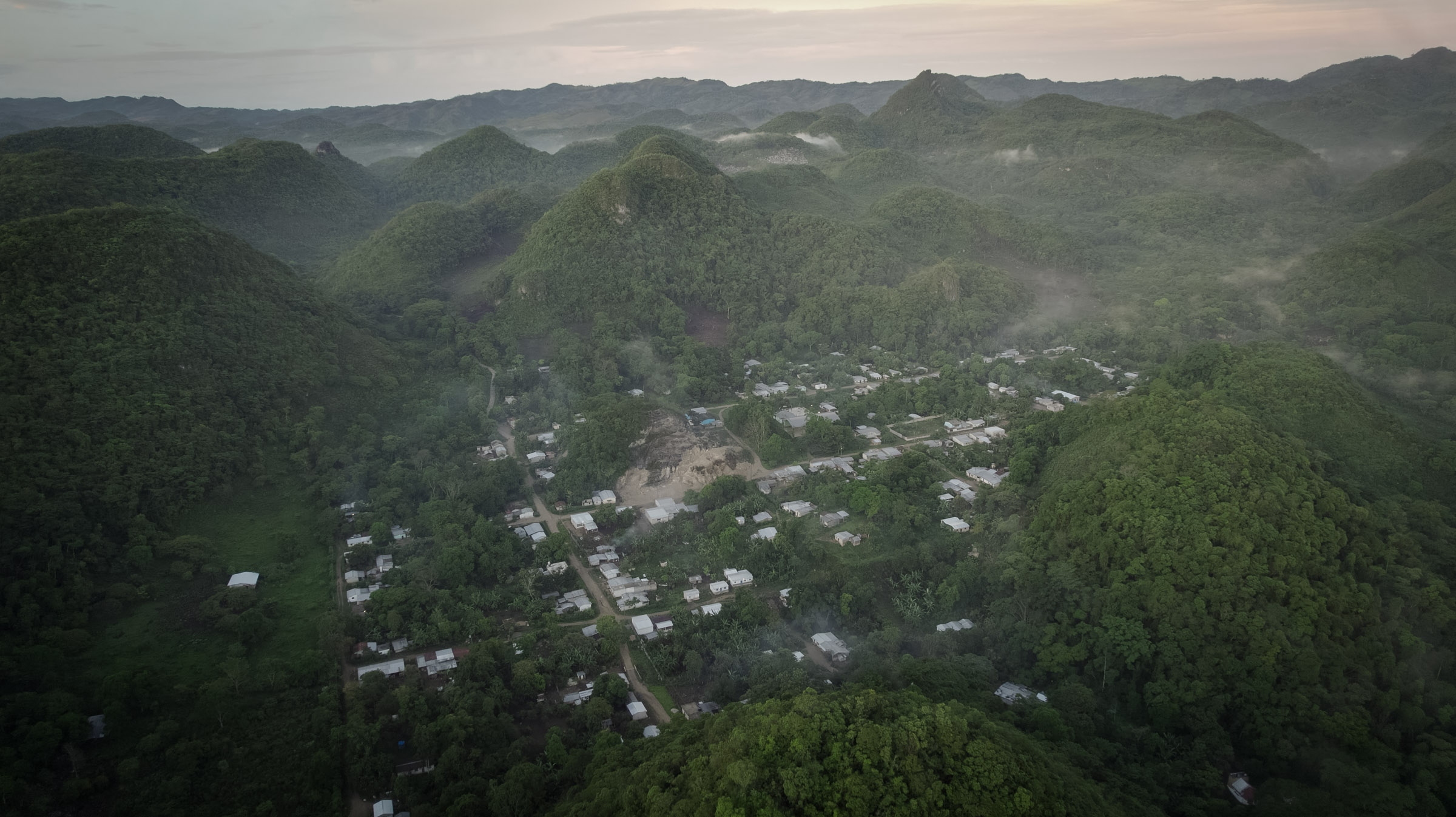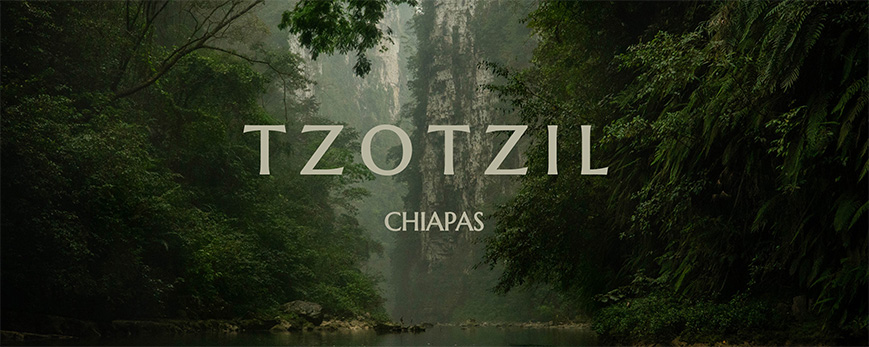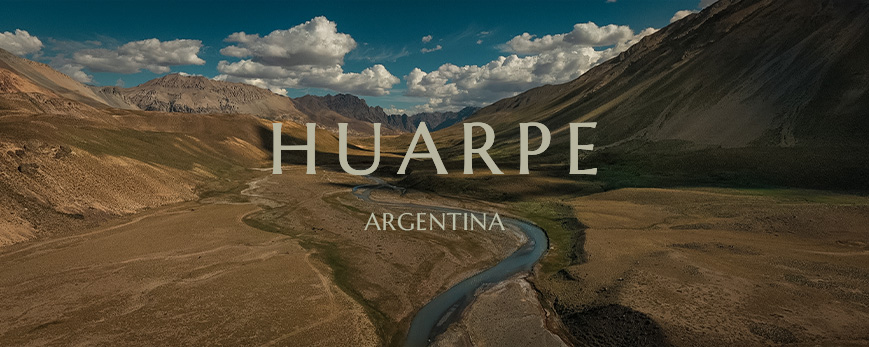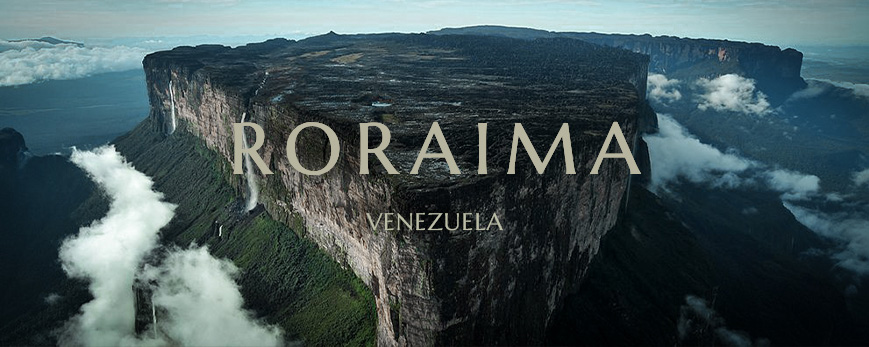Why We Don't Post Exact Location Names of the Remote Places We Travel To
If you’ve spent time browsing our expeditions, you may have noticed that we almost never reveal the exact locations of the places we explore. That’s intentional.
There’s a never ending debate in the outdoor travel community about whether “gatekeeping” is good or bad—some view it as exclusionary, while others see it as necessary for protection. The term itself has even become charged, often used to accuse people of being elitist or exclusionary. But the truth is, this issue isn’t black and white. It’s nuanced. And when it comes to protecting fragile environments, nuance matters—a lot!
ABOUT THE AUTHOR

NICOLE WALLACE
Biologist, Adventure Photographer
Head of Operations, Nicole is passionate about translating Nahua Expedition's conservation and sustainability goals into tangible results. With experience in start-ups and a background in Biology, Nicole is driven to build a tourism model that serves both local communities and the environment.
NAHUA EXPEDITIONS
21 Nov 2025 ・ 15 min read
The Reality of Social Media
The internet has undeniably changed how the world travels. The reality is that we live in an age where social media can—and has proven to—drastically harm destinations through influxes of tourism. This isn’t a hypothetical anymore either, it’s a common occurrence.
We’ve entered an era where sharing beauty can unintentionally destroy it.
And it happens easily nowadays — a single viral social media post has the power to completely overturn a destination from being a quiet, local spot, to a flooded tourist trap. The pattern is well-documented: once a remote location gains online visibility, it often experiences an immediate surge in visitors—many of whom arrive unprepared for the environmental sensitivities of the area.
And the results? What we unfortunately see all too often: Trails erode faster. Vegetation is trampled. Litter accumulates. Local wildlife is displaced. Local communities are fractured. Over time, these cumulative impacts often destroy the very qualities that made the place worth visiting in the first place.

Every share, every tag, every post shapes how — and how many — people arrive next.
Worldwide, unique and beautiful natural attractions have had to impose strict visitor limits or close entirely because of rapid tourism growth triggered by social media exposure.
Social media likely isn’t going to slow down any time soon. But as visitors to these fragile places—if we truly care for them—we can make a powerful impact when visiting, by choosing to simply refrain from mention or tagging of the location online. Instead, tagging a broader location such as the region, state, province—or even country, can still let viewers know where you are in the world, without broadcasting the exact location.
When We Do Mention Locations
Our stance on keeping locations off social media isn’t absolute. We’re not against sharing destinations—only against doing so irresponsibly. When a place already has adequate tourism infrastructure in place—such as managed trails, local guides, established waste systems, or park regulations that can handle visitation—we’re more open about sharing it.
Before sharing, it’s important to identify when a location is capable of receiving large numbers of tourists. We’ve outlined three key components — The Three Pillars of Responsible Tourism — that need to work in sync with each other: 1) Government, 2) Residents, 3) Visitors.
Government & Management Capacity
For tourism to protect a place, the government (or managing authority) must have the personnel, structure, and funding to enforce regulations.
That means real park rangers on the ground, trail maintenance crews, waste systems, and the ability to say no when limits are reached.
Without an active management presence, even well-intentioned tourism quickly becomes uncontrolled exploitation.
Local Residents & Communities
Tourism only works effectively, when the community is educated, willing, and benefits from it.
Locals must understand the value of protecting their natural and cultural assets — and have genuine economic incentives to do so.
When residents feel ownership and pride, they become the strongest defenders of the region. When they don’t, they’re forced into short-term survival decisions that undermine conservation.
Visitors & Conduct
Finally, sustainable tourism depends on responsible visitors — people who know what’s expected of them and why.
This includes respecting regulations, minimizing impact, supporting local services, and engaging with humility.
Education is key: visitors must understand that being there is a privilege, not an entitlement.
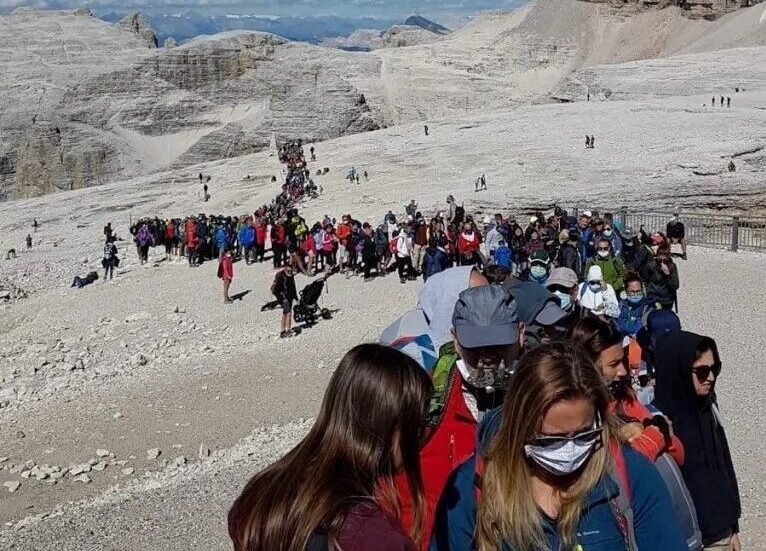
When a community or region is ready, visibility becomes a tool for empowerment.
When an ecosystem is fragile, unregulated, or unable to absorb sudden influxes of visitors, public exposure does far more harm than good. In those cases, anonymity becomes the greatest tool for protection.
Considering Safety and Accessibility
Another factor we carefully consider is safety. The locations we visit are not always suitable for solo or independent travel. Many of the places we explore are extremely remote—requiring specialized equipment, local contacts, and detailed logistical planning.
Geotagging such regions can unintentionally encourage people to attempt access without the proper knowledge or support systems in place. Many remote areas require cooperation with locals who understand the terrain well.
“Okay, why not just tell people these things are required? Problem solved!” — We don’t believe you can convey the true importance of this in a social media caption. Revealing locations on social media—even with informative context—still puts visitors, the environment, and communities at risk when underprepared visitors travel to underprepared regions.
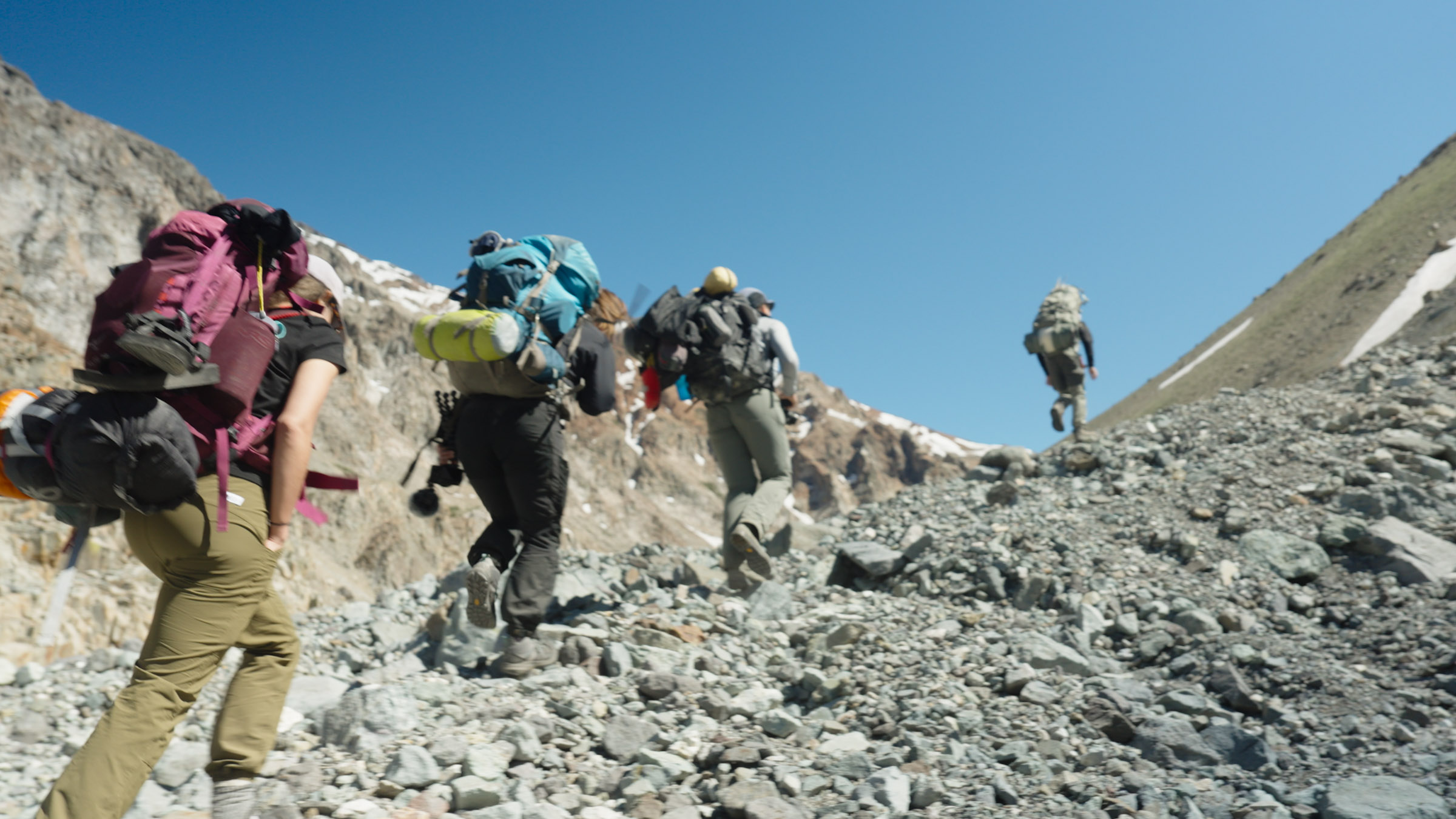
You protect the wild not by hiding it, but by strategically slowing access to it.
Visitors who attempt access without hiring a qualified guide—or guide at all—is much more common than it seems. To some, the allure of self-guided travel is more “adventurous” than having a guide. However, unguided visitors face significantly higher risks. In challenging terrain, independent travellers are much more likely to suffer serious injury or death than those using experienced local guides. Unguided access often leads to greater environmental degradation (for instance via off-trail travel or poor campsite management), and increases the rate of search-and-rescue (SAR) operations.
A study of the National Park Service (NPS) in the U.S. found 12,337 SAR operations for 15,537 visitors from 2003–2006; contributing factors included insufficient preparation, inexperience, and fatigue. PubMed
Studies also note that when visitors attempt more remote/trails without adequate info, SAR teams face larger and more complex operations. US Forest Service, Hike Haven
More generally, literature on “wilderness visitor behaviour” indicates that inexperienced visitors may make riskier route choices or stray off trails, increasing both risk and impact. International Journal of Wilderness

Every tag is an invitation, and not everyone who answers it arrives prepared.
Our philosophy is that just because places exist, doesn’t mean they are meant for everybody. This should not be interpreted in an elitist way, but rather, understanding that difficult and challenging terrain is inherently dangerous — and without proper preparation, that specific location shouldn’t be for everyone—at least not at this time.
So when it comes to sharing remote places on social media, the possibility of reach and consequences of that reach need to be considered thoughtfully.
Why We Choose Not to Geotag
After nearly a decade of extensive travel to far corners of the world, we’ve witnessed firsthand that some places simply cannot absorb the spotlight. It’s important to recognize that natural attractions in well-developed countries—where government, residents, and visitors can align—doesn’t always work as planned in developing countries.
Tourism that works in one country doesn’t always work in another. It’s context-dependent.
As a travel company that cares deeply about the places we visit, our guiding belief is simple: some places are more effectively protected when their locations are kept off social media—unless their ecosystems, communities, and safety conditions are ready to handle visibility. Sharing images without geotags lets people appreciate the beauty of these places without contributing to unsustainable or unsafe visitation.
These places are out there, and if someone truly desires to visit them after seeing a photograph, they can do their due diligence and research to find them. Just because the location isn’t tagged doesn’t mean it’s unreachable—it simply means there’s a little more work involved in finding it. And that’s a good thing. When places are too easy to access, people often go for the wrong reasons—they show up for a quick photo and then move on, without developing any real connection to the landscape or the community that surrounds it.
Geotagging makes discovery effortless, stripping away the filters of real exploration: effort, curiosity, and local know-how that protects remote areas. By leaving out locations, you can slow the process down. You introduce friction—the kind of friction that filters who visits. Those who are genuinely curious, responsible, and prepared will still find their way!
When access requires effort and research, it attracts those who will be more inclined to care and respect the landscape.
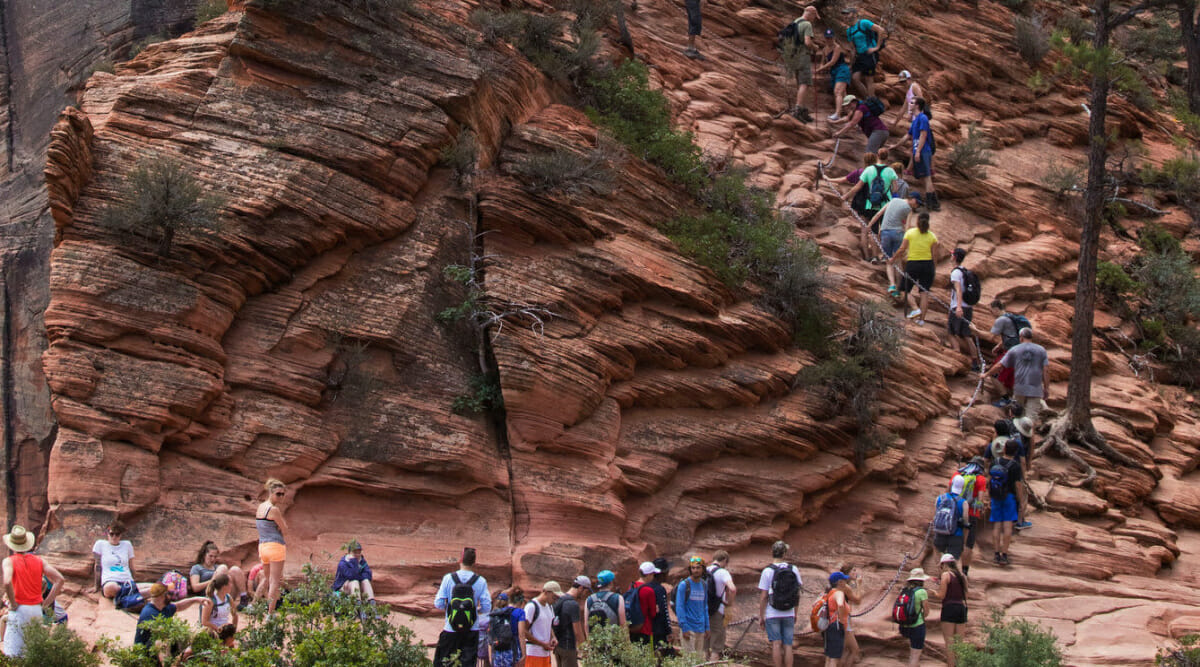
Well, gatekeeping is pointless because even just posting a photo leads to overexposure.
Some argue that posting photos at all, even without geotags, still contributes to overexposure. And that’s true to an extent. But exposure exists on a spectrum. A single post without mention of its location doesn’t carry the same impact as a tagged post that can send thousands of people to the exact spot overnight.
As a visitor, when you take a photograph of a fragile location and share it to social media, your post carries responsibility — it can shape how others see, treat, and ultimately impact that place. And it’s not just about people with large followings on social media. Even a small post to a few dozen followers can set off a chain reaction. Maybe one of those followers visits and creates a post that happens to go viral. Suddenly, a location that once saw a handful of visitors each year is pinned on the global map — without any plan for how to handle that surge.

That’s the power of networks today — and it’s why we believe responsibility lies not only in the size of one’s audience, but in understanding the potential reach that social media posts can have.
We’re strong believers that exploration has always required effort, curiosity, and humility. The journey toward a place is often what gives it meaning. The more people seek out nature on their own terms—through research, navigation, and patience—the deeper the connection they form with it!
Leaving out a location tag on social media doesn’t hide it — it encourages curiosity, research, and intentional visitation.
And perhaps that’s the point. Not everything should be easy to reach. The wild depends on mystery to remain wild.

Why We Use Responsible Tourism To Share Places Instead
As a sustainable travel company, goals should never be to keep wild places hidden forever — they should be to ensure they’re experienced in the most responsible way possible—if they are to be experienced at all. We believe that the most sustainable way to share special places is through responsible, guided tourism.
When we bring people into these environments, it’s never random. Every expedition is designed to minimize physical impact while maximizing positive impact for the region — the kind that circulates through local economies, builds pride, and supports long-term conservation goals.
Responsible tourism allows us to share locations within a framework of respect and readiness. Our guests travel with trained guides, local contacts, and the right equipment. They understand the context — the people who live there, the fragility of the environment, and the effort required to reach it safely. This preparation ensures that when they finally arrive, they move through the landscape with intention, not entitlement.
Unlike the quick “photo-stop” culture encouraged by social media, this approach fosters a deeper connection. Travellers spend days — sometimes weeks — in these regions, learning from the people who call them home. Their presence generates income, yes, but it also validates the value of keeping these places intact rather than exploiting them for short-term gain.
Despite this all being said, tourism done right—isn’t always so simple. In many remote regions, communities don’t necessarily want to become tourist destinations. And within communities that have become tourist destinations, not everyone wants to work in tourism—or has the suitability for the kind of demanding, adventure tourism work that can be required.
By working directly with the right locals on the ground, we can provide meaningful economic benefit without requiring communities to reshape their culture or daily life around visitors. This is attainable through intentional, small, low-impact groups which yield a high return for local communities as a whole.
Crucially, our small-group expeditions do this without forcing communities to reshape their culture to fit tourism expectations. Not everyone wants to become a tour guide or change their way of life—and that’s something the industry too often overlooks.
Cultural integrity is only preserved when communities decide how to share it.
When communities retain control over how and whether tourism occurs, it ensures that economic benefits don’t come at the cost of cultural integrity. This principle guides every decision we make about sharing or withholding location information.
This is how we share places — intentionally, and with the long view in mind. It should never be about exclusion; it should be about stewardship. Because when tourism is done thoughtfully, it becomes one of the most effective conservation tools available.
With our tourism operations—and by refraining from geotagging—we generate tangible economic benefits for local families and communities — without forcing them to adapt or change their culture to suit mass-tourism. This is at the heart of responsible travel: high-quality, low-quantity tourism that sustains both nature and local culture.
Striking the Right Balance
We’re not against sharing nature. In fact, our expeditions, photography, films, and reports are all designed to inspire awareness, respect, and conservation. What we oppose is overexposure—the kind that turns delicate ecosystems into a viral backdrop.
Not every place benefits from being seen — some are best preserved by their anonymity.
By choosing to not publicize and geotag exact locations on social media—while selectively sharing others, we can continue to tell stories, document beauty, and promote sustainable travel, without contributing to the problem.
This philosophy isn’t about elitism, it’s about stewardship. So in writing this article, we hope to encourage more awareness to the consequences of geotagging, and hopefully inspire you to be selective when doing so.
Some places thrive with managed visitation. Others survive only when left alone. Knowing the difference, and acting accordingly, is what keeps remote places wild.
Are you ready?
At Nahua Expeditions, we believe exploration and protection must go hand in hand. Our trips to remote corners of the world are crafted to safeguard the very aspects that make them extraordinary. Our journeys are built with care, keeping emphasis on uplifting the local communities that determine the future of these untamed regions. If this is the kind of travel you’re looking for, then you’re at the right place.
Stay Safe & Be Prepared: The information provided in this article is for general informational purposes only. Outdoor recreation involves inherent risks, and individuals are fully responsible for their own safety. Nahua Expeditions and its authors disclaim any liability arising directly or indirectly from the use of the information from this article.
Why We Don't Post Exact Location Names of the Remote Places We Travel To
If you’ve spent time browsing our expeditions, you may have noticed that we almost never reveal the exact locations of the places we explore. That’s intentional.
There’s a never ending debate in the outdoor travel community about whether “gatekeeping” is good or bad—some view it as exclusionary, while others see it as necessary for protection. The term itself has even become charged, often used to accuse people of being elitist or exclusionary. But the truth is, this issue isn’t black and white. It’s nuanced. And when it comes to protecting fragile environments, nuance matters—a lot!
21 NOV 2025 ・ 15 min read
Nahua Expeditions
The Reality of Social Media
The internet has undeniably changed how the world travels. The reality is that we live in an age where social media can—and has proven to—drastically harm destinations through influxes of tourism. This isn’t a hypothetical anymore either, it’s a common occurrence.
We’ve entered an era where sharing beauty can unintentionally destroy it.
And it happens easily nowadays — a single viral social media post has the power to completely overturn a destination from being a quiet, local spot, to a flooded tourist trap. The pattern is well-documented: once a remote location gains online visibility, it often experiences an immediate surge in visitors—many of whom arrive unprepared for the environmental sensitivities of the area.
And the results? What we unfortunately see all too often: Trails erode faster. Vegetation is trampled. Litter accumulates. Local wildlife is displaced. Local communities are fractured. Over time, these cumulative impacts often destroy the very qualities that made the place worth visiting in the first place.

Every share, every tag, every post shapes how — and how many — people arrive next.
Worldwide, unique and beautiful natural attractions have had to impose strict visitor limits or close entirely because of rapid tourism growth triggered by social media exposure.
Social media likely isn’t going to slow down any time soon. But as visitors to these fragile places—if we truly care for them—we can make a powerful impact when visiting, by choosing to simply refrain from mention or tagging of the location online. Instead, tagging a broader location such as the region, state, province—or even country, can still let viewers know where you are in the world, without broadcasting the exact location.
When We Do Mention Locations
Our stance on keeping locations off social media isn’t absolute. We’re not against sharing destinations—only against doing so irresponsibly. When a place already has adequate tourism infrastructure in place—such as managed trails, local guides, established waste systems, or park regulations that can handle visitation—we’re more open about sharing it.
Before sharing, it’s important to identify when a location is capable of receiving large numbers of tourists. We’ve outlined three key components — The Three Pillars of Responsible Tourism — that need to work in sync with each other: 1) Government, 2) Residents, 3) Visitors.
Government & Management Capacity
For tourism to protect a place, the government (or managing authority) must have the personnel, structure, and funding to enforce regulations.
That means real park rangers on the ground, trail maintenance crews, waste systems, and the ability to say no when limits are reached.
Without an active management presence, even well-intentioned tourism quickly becomes uncontrolled exploitation.
Local Residents & Communities
Tourism only works effectively, when the community is educated, willing, and benefits from it.
Locals must understand the value of protecting their natural and cultural assets — and have genuine economic incentives to do so.
When residents feel ownership and pride, they become the strongest defenders of the region. When they don’t, they’re forced into short-term survival decisions that undermine conservation.
Visitors & Conduct
Finally, sustainable tourism depends on responsible visitors — people who know what’s expected of them and why.
This includes respecting regulations, minimizing impact, supporting local services, and engaging with humility.
Education is key: visitors must understand that being there is a privilege, not an entitlement.

When a community or region is ready, visibility becomes a tool for empowerment.
When an ecosystem is fragile, unregulated, or unable to absorb sudden influxes of visitors, public exposure does far more harm than good. In those cases, anonymity becomes the greatest tool for protection.
Considering Safety and Accessibility
Another factor we carefully consider is safety. The locations we visit are not always suitable for solo or independent travel. Many of the places we explore are extremely remote—requiring specialized equipment, local contacts, and detailed logistical planning.
Geotagging such regions can unintentionally encourage people to attempt access without the proper knowledge or support systems in place. Many remote areas require cooperation with locals who understand the terrain well.
“Okay, why not just tell people these things are required? Problem solved!” — We don’t believe you can convey the true importance of this in a social media caption. Revealing locations on social media—even with informative context—still puts visitors, the environment, and communities at risk when underprepared visitors travel to underprepared regions.

You protect the wild not by hiding it, but by strategically slowing access to it.
Visitors who attempt access without hiring a qualified guide—or guide at all—is much more common than it seems. To some, the allure of self-guided travel is more “adventurous” than having a guide. However, unguided visitors face significantly higher risks. In challenging terrain, independent travellers are much more likely to suffer serious injury or death than those using experienced local guides. Unguided access often leads to greater environmental degradation (for instance via off-trail travel or poor campsite management), and increases the rate of search-and-rescue (SAR) operations.
A study of the National Park Service (NPS) in the U.S. found 12,337 SAR operations for 15,537 visitors from 2003–2006; contributing factors included insufficient preparation, inexperience, and fatigue. PubMed
Studies also note that when visitors attempt more remote/trails without adequate info, SAR teams face larger and more complex operations. US Forest Service, Hike Haven
More generally, literature on “wilderness visitor behaviour” indicates that inexperienced visitors may make riskier route choices or stray off trails, increasing both risk and impact. International Journal of Wilderness

Every tag is an invitation, and not everyone who answers it arrives prepared.
Our philosophy is that just because places exist, doesn’t mean they are meant for everybody. This should not be interpreted in an elitist way, but rather, understanding that difficult and challenging terrain is inherently dangerous — and without proper preparation, that specific location shouldn’t be for everyone—at least not at this time.
So when it comes to sharing remote places on social media, the possibility of reach and consequences of that reach need to be considered thoughtfully.
Why We Choose Not to Geotag
After nearly a decade of extensive travel to far corners of the world, we’ve witnessed firsthand that some places simply cannot absorb the spotlight. It’s important to recognize that natural attractions in well-developed countries—where government, residents, and visitors can align—doesn’t always work as planned in developing countries.
Tourism that works in one country doesn’t always work in another. It’s context-dependent.
As a travel company that cares deeply about the places we visit, our guiding belief is simple: some places are more effectively protected when their locations are kept off social media—unless their ecosystems, communities, and safety conditions are ready to handle visibility. Sharing images without geotags lets people appreciate the beauty of these places without contributing to unsustainable or unsafe visitation.
These places are out there, and if someone truly desires to visit them after seeing a photograph, they can do their due diligence and research to find them. Just because the location isn’t tagged doesn’t mean it’s unreachable—it simply means there’s a little more work involved in finding it. And that’s a good thing. When places are too easy to access, people often go for the wrong reasons—they show up for a quick photo and then move on, without developing any real connection to the landscape or the community that surrounds it.
Geotagging makes discovery effortless, stripping away the filters of real exploration: effort, curiosity, and local know-how that protects remote areas. By leaving out locations, you can slow the process down. You introduce friction—the kind of friction that filters who visits. Those who are genuinely curious, responsible, and prepared will still find their way!
When access requires effort and research, it attracts those who will be more inclined to care and respect the landscape.

Well, gatekeeping is pointless because even just posting a photo leads to overexposure.
Some argue that posting photos at all, even without geotags, still contributes to overexposure. And that’s true to an extent. But exposure exists on a spectrum. A single post without mention of its location doesn’t carry the same impact as a tagged post that can send thousands of people to the exact spot overnight.
As a visitor, when you take a photograph of a fragile location and share it to social media, your post carries responsibility — it can shape how others see, treat, and ultimately impact that place. And it’s not just about people with large followings on social media. Even a small post to a few dozen followers can set off a chain reaction. Maybe one of those followers visits and creates a post that happens to go viral. Suddenly, a location that once saw a handful of visitors each year is pinned on the global map — without any plan for how to handle that surge.

That’s the power of networks today — and it’s why we believe responsibility lies not only in the size of one’s audience, but in understanding the potential reach that social media posts can have.
We’re strong believers that exploration has always required effort, curiosity, and humility. The journey toward a place is often what gives it meaning. The more people seek out nature on their own terms—through research, navigation, and patience—the deeper the connection they form with it!
Leaving out a location tag on social media doesn’t hide it — it encourages curiosity, research, and intentional visitation.
And perhaps that’s the point. Not everything should be easy to reach. The wild depends on mystery to remain wild.

Why We Use Responsible Tourism To Share Places Instead
As a sustainable travel company, goals should never be to keep wild places hidden forever — they should be to ensure they’re experienced in the most responsible way possible—if they are to be experienced at all. We believe that the most sustainable way to share special places is through responsible, guided tourism.
When we bring people into these environments, it’s never random. Every expedition is designed to minimize physical impact while maximizing positive impact for the region — the kind that circulates through local economies, builds pride, and supports long-term conservation goals.
Responsible tourism allows us to share locations within a framework of respect and readiness. Our guests travel with trained guides, local contacts, and the right equipment. They understand the context — the people who live there, the fragility of the environment, and the effort required to reach it safely. This preparation ensures that when they finally arrive, they move through the landscape with intention, not entitlement.
Unlike the quick “photo-stop” culture encouraged by social media, this approach fosters a deeper connection. Travellers spend days — sometimes weeks — in these regions, learning from the people who call them home. Their presence generates income, yes, but it also validates the value of keeping these places intact rather than exploiting them for short-term gain.
Despite this all being said, tourism done right—isn’t always so simple. In many remote regions, communities don’t necessarily want to become tourist destinations. And within communities that have become tourist destinations, not everyone wants to work in tourism—or has the suitability for the kind of demanding, adventure tourism work that can be required.
By working directly with the right locals on the ground, we can provide meaningful economic benefit without requiring communities to reshape their culture or daily life around visitors. This is attainable through intentional, small, low-impact groups which yield a high return for local communities as a whole.
Crucially, our small-group expeditions do this without forcing communities to reshape their culture to fit tourism expectations. Not everyone wants to become a tour guide or change their way of life—and that’s something the industry too often overlooks.
Cultural integrity is only preserved when communities decide how to share it.
When communities retain control over how and whether tourism occurs, it ensures that economic benefits don’t come at the cost of cultural integrity. This principle guides every decision we make about sharing or withholding location information.
This is how we share places — intentionally, and with the long view in mind. It should never be about exclusion; it should be about stewardship. Because when tourism is done thoughtfully, it becomes one of the most effective conservation tools available.
With our tourism operations—and by refraining from geotagging—we generate tangible economic benefits for local families and communities — without forcing them to adapt or change their culture to suit mass-tourism. This is at the heart of responsible travel: high-quality, low-quantity tourism that sustains both nature and local culture.
Striking the Right Balance
We’re not against sharing nature. In fact, our expeditions, photography, films, and reports are all designed to inspire awareness, respect, and conservation. What we oppose is overexposure—the kind that turns delicate ecosystems into a viral backdrop.
Not every place benefits from being seen — some are best preserved by their anonymity.
By choosing to not publicize and geotag exact locations on social media—while selectively sharing others, we can continue to tell stories, document beauty, and promote sustainable travel, without contributing to the problem.
This philosophy isn’t about elitism, it’s about stewardship. So in writing this article, we hope to encourage more awareness to the consequences of geotagging, and hopefully inspire you to be selective when doing so.
Some places thrive with managed visitation. Others survive only when left alone. Knowing the difference, and acting accordingly, is what keeps remote places wild.
ABOUT THE AUTHOR

Nicole Wallace
Biologist, Adventure Photographer
Head of Operations, Nicole is passionate about translating Nahua Expedition's conservation and sustainability goals into tangible results. With experience in start-ups and a background in Biology, Nicole is driven to build a tourism model that serves both local communities and the environment.
Are You Ready?
At Nahua Expeditions, we believe exploration and protection must go hand in hand. Our trips to remote corners of the world are crafted to safeguard the very aspects that make them extraordinary. Our journeys are built with care, keeping emphasis on uplifting the local communities that determine the future of these untamed regions. If this is the kind of travel you’re looking for, then you’re at the right place.
Stay Safe & Be Prepared: The information provided in this article is for general informational purposes only. Outdoor recreation involves inherent risks, and individuals are fully responsible for their own safety. Nahua Expeditions and its authors disclaim any liability arising directly or indirectly from the use of the information from this article.

